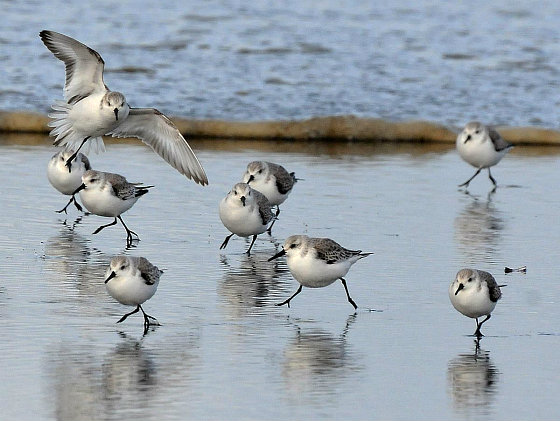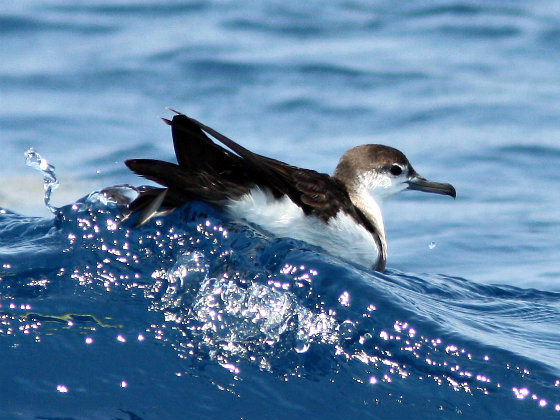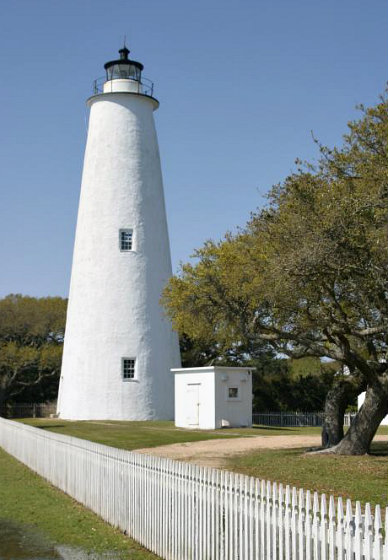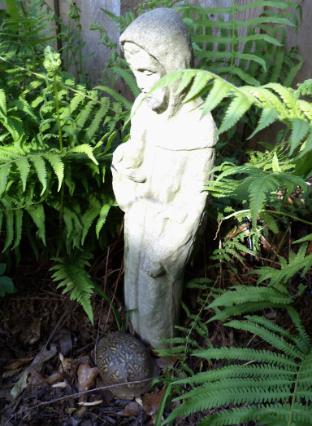| Please don't use the 'Send page' feature of your computer to send this entire page in an e-mail message or document format. This distorts the layout and separates the page from its source. If you'd like to share it, please just send the link. The link to this page is: http://www.thepastwhispers.com/Tracks.html |
| Music: Fire and Rain Whispers - Home Old New Orleans Friday's Journal . |
| Incoming and outgoing tracks of a sea turtle on a barrier island beach. |
| Tracks in the Sand |
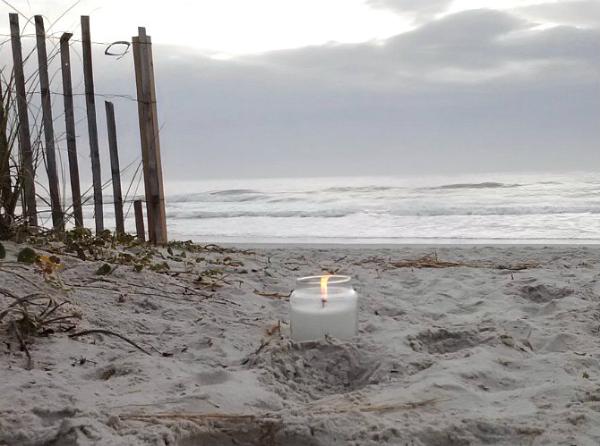
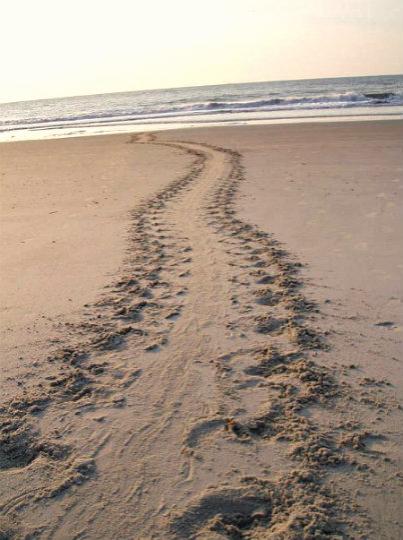
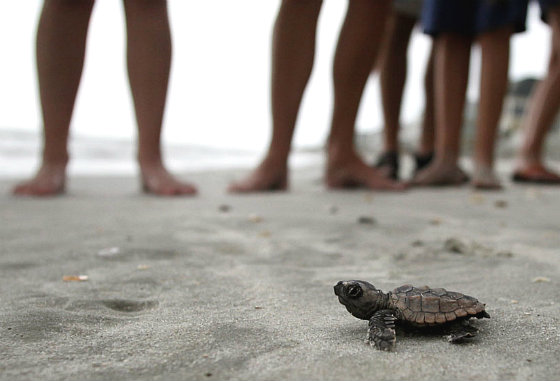
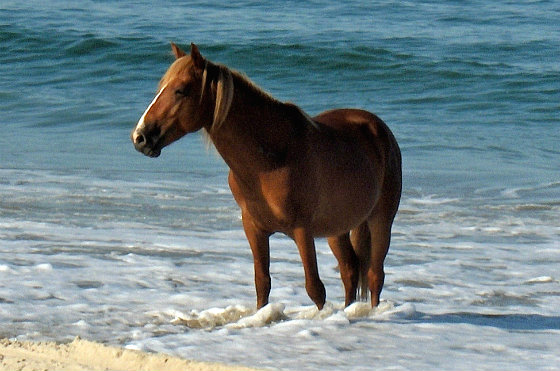
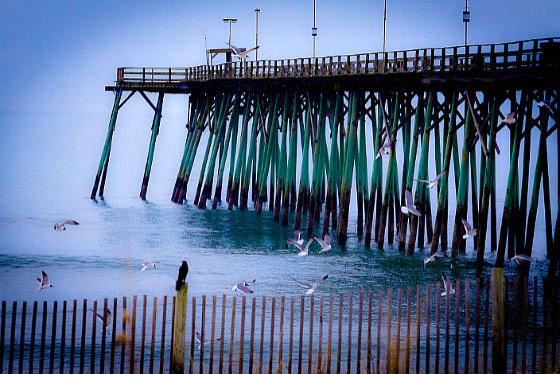
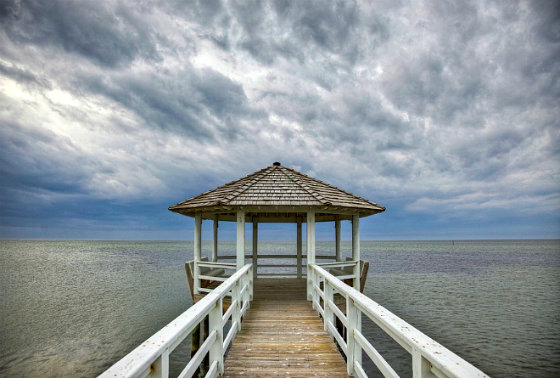
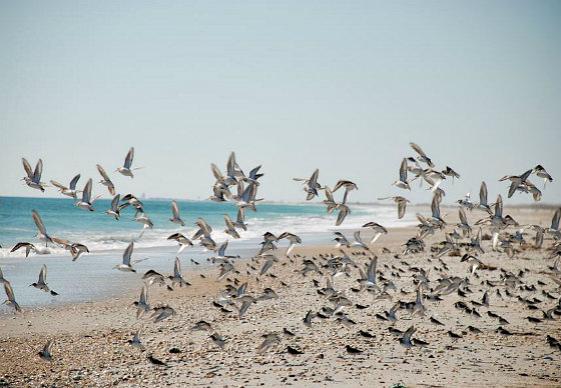
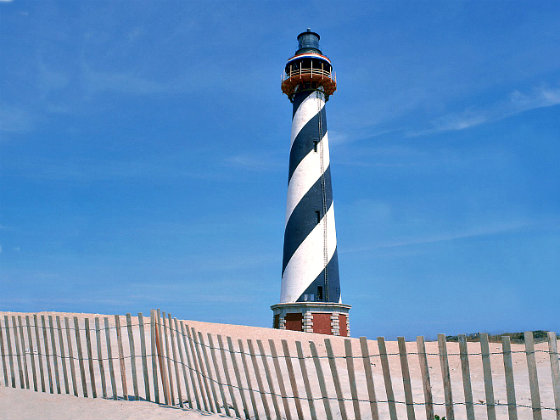
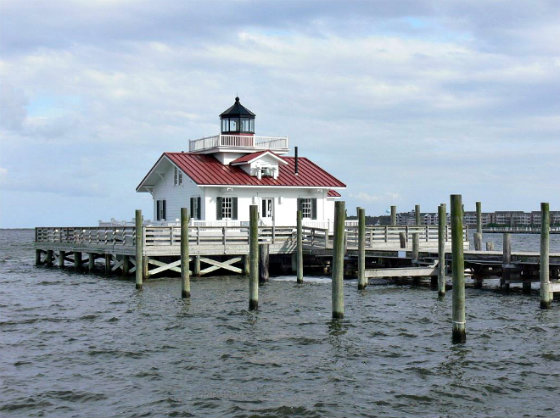
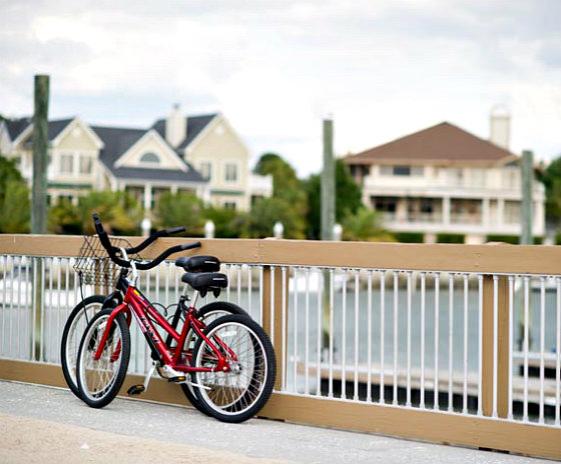
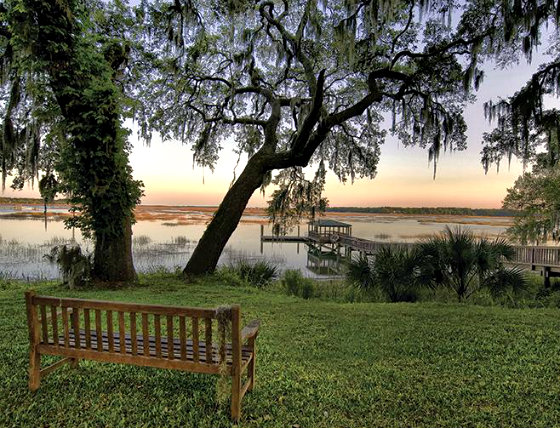
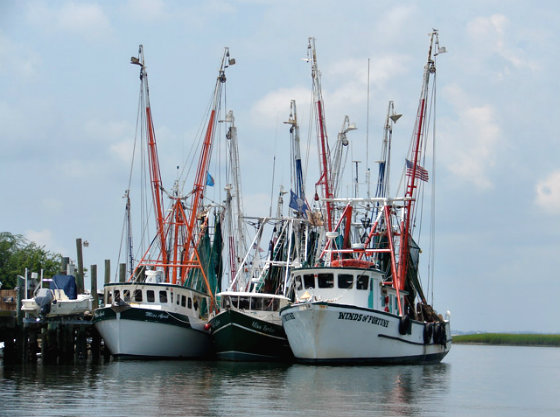
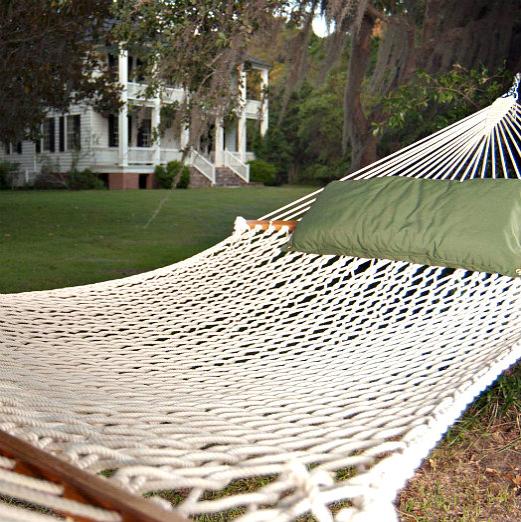
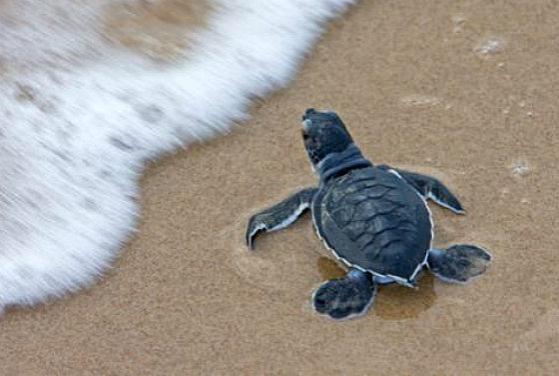
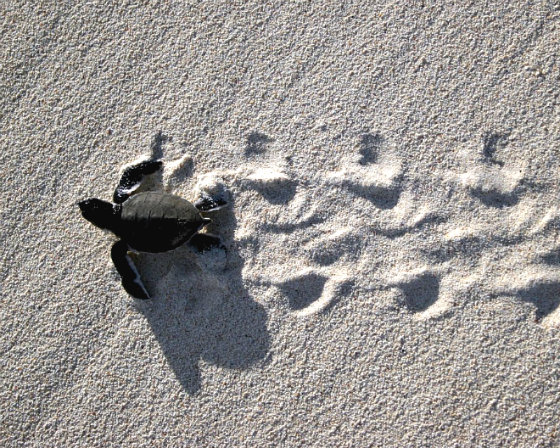
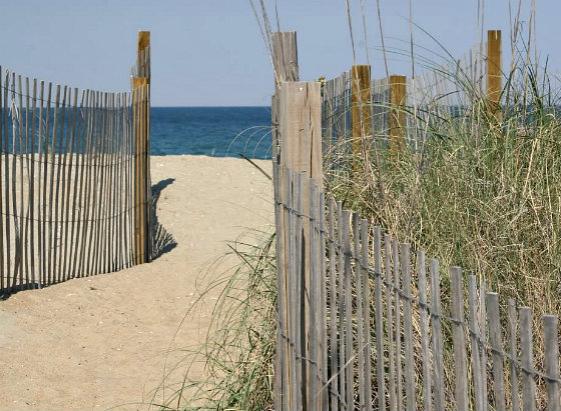
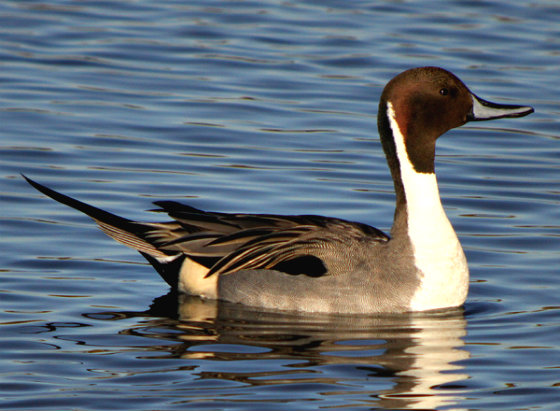
| If I have a book in my hand, it's probably a mystery. Since I grew up on Agatha Christie, Dorothy Sayers and Arthur Conan Doyle, my favorite mystery setting is still England and I read English mysteries by the score - I think that's why I'm always drinking tea! But, over the years, I've added other favorite locations to the list and, recently, I've included South Carolina's Low Country. Since I'm in the middle of a Low Country whodunit right now, that's how I came to choose the photos on this page. They were taken near Charleston and on South Carolina's Sea Islands and, also, on North Carolina's Outer Banks. Shrimp boats and seagulls and oak trees draped in Spanish moss - maybe I like the Low Country so much because it reminds me of my own corner of the world. Whatever the reason, it's a beautiful place to go island-hopping and I hope you enjoy the trip. (While you're there, if you find a baby sea turtle trying to make his way to the ocean, will you give him a helping hand by making sure his path is clear?) -- Nancy |
| Beach-goers form a line to watch a baby loggerhead turtle make his slow journey toward the sea. |
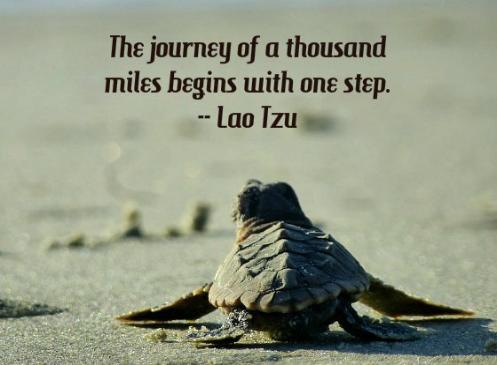
| One's options in this world are as vast as the horizon. Yet we must choose each step we take with utmost caution, because the tracks we leave behind are as important as the paths we follow. They're part of the same journey, the same story. -- Lori Lopez |
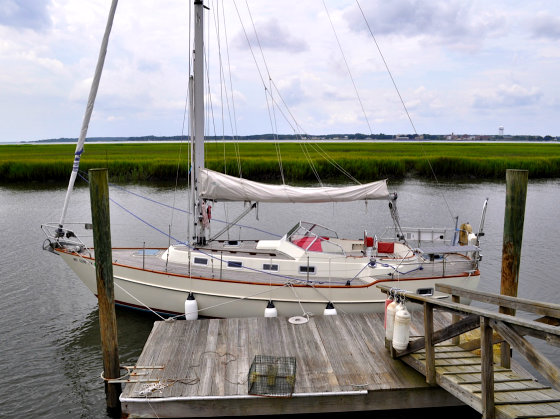
| The cure for anything is salt water: either sweat, tears or the sea. -- Isak Dinesen |
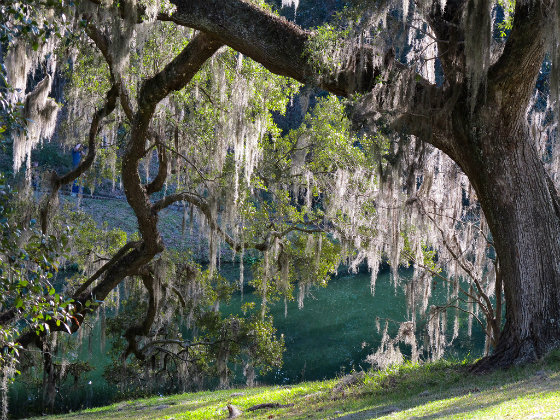
| If you walk in the tracks of others, you'll leave no footprints of your own. -- Chinese Proverb |
| Thirty-five years ago, Frank Nesmith left a mailbox containing a notebook and pencil on a remote beach on Bird Island, N.C., so people who visited could leave messages. He labeled it "Kindred Spirit." He never dreamed what would come of it. Over the years, thousands have stopped to share their innermost thoughts and read about the lives of others. Mr. Nesmith is 87 now and has helpers who replenish the mailbox as the notebooks are filled. The journals are part of a special collection at the University of North Carolina, Wilmington. They're filled with stories of love and hope. As Mr. Nesmith recently said, "Read about 30 minutes in one of these notebooks, you'll walk away having a whole better feeling about the world you live in." |
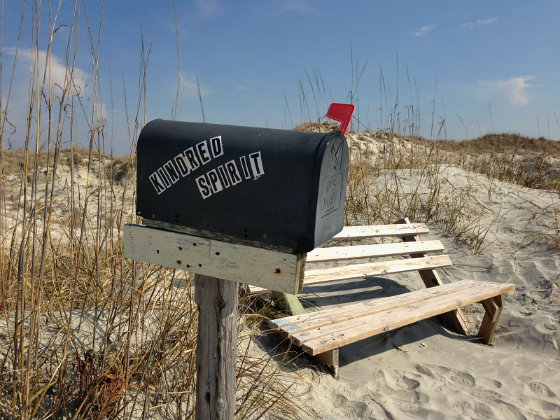
| I think that's what we all want in the end, to know that we left footprints when we passed by. We want to be remembered. -- Mike A. Lancaster |
| In every outthrust headland, in every curving beach, in every grain of sand, there is the story of the earth. -- Rachel Carson |
There are seven species of sea turtles. Four of the species have been identified as
"critically endangered," with another two being classed as "vulnerable." A sea turtle may travel
thousands of miles to return to the beach where she hatched as a baby to lay her own eggs as
an adult.
Residents of many coastal communities have formed volunteer groups to help protect sea
turtles and provide a safe environment for their nesting grounds.
There are ways in which you can help nesting sea turtles and hatchlings:
Remove litter left behind on the beach. Balloons, plastic bags, foam, fishing gear and other
non-degradable litter can cause the deaths of sea turtles who mistake them for food.
Don’t use shovels to dig on the beach during nesting season.
Fill in holes in the sand which may obstruct a sea turtle’s path to and from the ocean.
Don’t interact with or disrupt a nesting sea turtle. Observe her from a distance so that she
can't see you. Don't shine lights on her, including flash photography. Stay out of the way as she
crawls back to the water.
Look out for disoriented hatchlings on trails and roads near the beach.
Lights can mean death for baby sea turtles. By instinct, they head toward the brightest
horizon, which is normally the horizon over the sea. Bright lights coming from nearby houses
can cause them to become disoriented and head the wrong way. If they don’t make it to the
ocean quickly, hatchlings can die of dehydration or be caught by predators. At night, it's best to
turn off or shield bright lights coming from structures visible from the beach.
Don’t touch hatchlings on their way to the ocean.
"critically endangered," with another two being classed as "vulnerable." A sea turtle may travel
thousands of miles to return to the beach where she hatched as a baby to lay her own eggs as
an adult.
Residents of many coastal communities have formed volunteer groups to help protect sea
turtles and provide a safe environment for their nesting grounds.
There are ways in which you can help nesting sea turtles and hatchlings:
Remove litter left behind on the beach. Balloons, plastic bags, foam, fishing gear and other
non-degradable litter can cause the deaths of sea turtles who mistake them for food.
Don’t use shovels to dig on the beach during nesting season.
Fill in holes in the sand which may obstruct a sea turtle’s path to and from the ocean.
Don’t interact with or disrupt a nesting sea turtle. Observe her from a distance so that she
can't see you. Don't shine lights on her, including flash photography. Stay out of the way as she
crawls back to the water.
Look out for disoriented hatchlings on trails and roads near the beach.
Lights can mean death for baby sea turtles. By instinct, they head toward the brightest
horizon, which is normally the horizon over the sea. Bright lights coming from nearby houses
can cause them to become disoriented and head the wrong way. If they don’t make it to the
ocean quickly, hatchlings can die of dehydration or be caught by predators. At night, it's best to
turn off or shield bright lights coming from structures visible from the beach.
Don’t touch hatchlings on their way to the ocean.
| I don't have any sea turtles to watch over, but I'm hoping to see some hatchlings of the land variety soon. I was watering my garden one day a few weeks ago when I was surprised to find a turtle nesting happily at the feet of St. Francis. Considering St. Franicis' love of animals and nature, I thought it was an interesting place for her to nest. Whatever brought her to my garden, I'm happy that she left some eggs behind. I saw her coming to visit for a few days after she laid the eggs, but I haven't seen her since. She left her eggs in the care of St. Francis and went on her way. Here's a picture I took the first day. -- Nancy |
